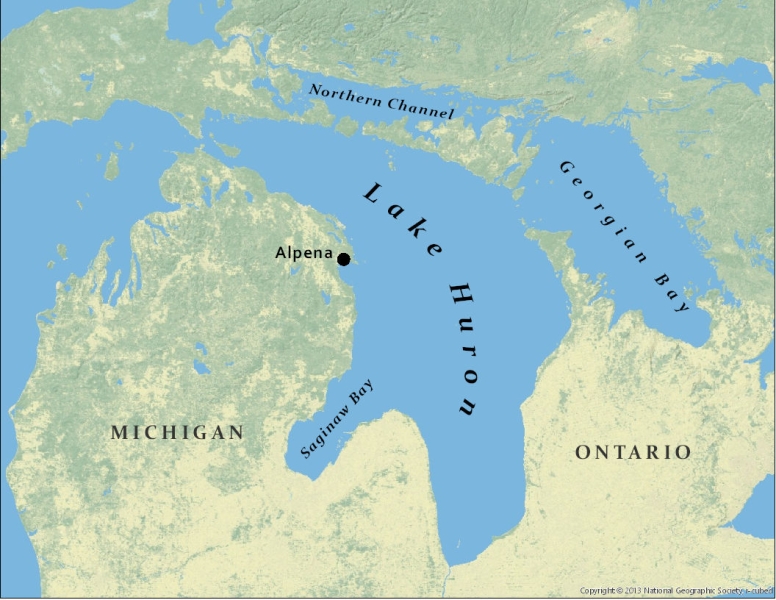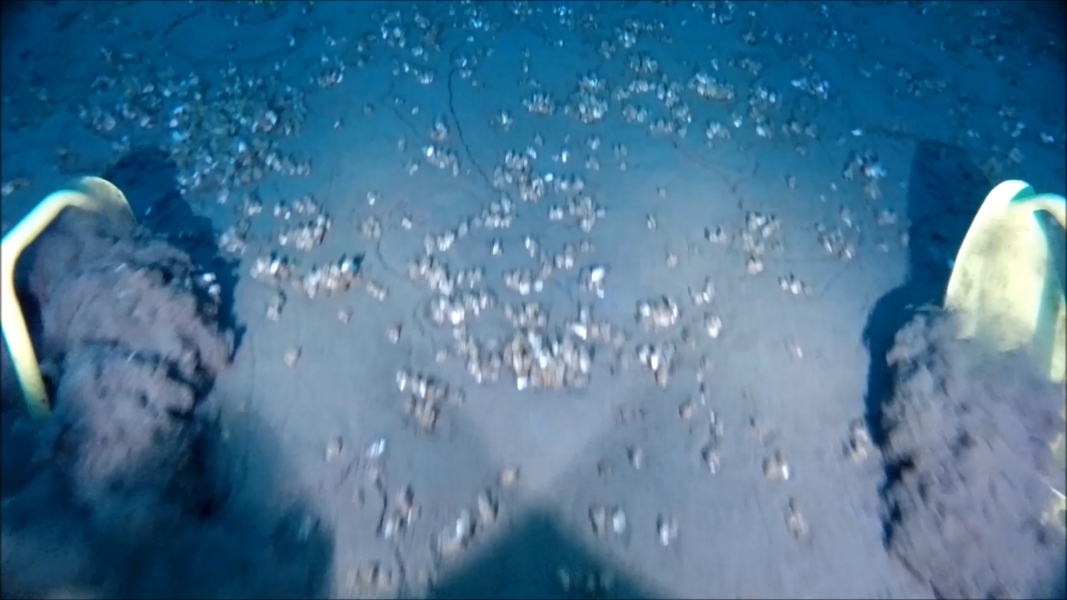CSMI Lake Huron 2017
-
1/18
In September 2017, scientists and crew of the R/V Lake Guardian gathered for CSMI Lake Huron, in Alpena, Michigan.
Download Image -
-

3/18
The CSMI focused on Lake Huron this year. It took about two weeks to collect samples from about 100 sites in Lake Huron, its Northern Channel, and Georgian Bay. Samples from Saginaw Bay were collected by another agency.
Download Image -
4/18
Collecting a ponar grab sample of sediment and organisms from the bottom of the lake.
Download Image -
5/18
Knut Mehler, Kit Hastings, and Allison Neubauer (Illinois-Indiana Sea Grant) wash a benthos sample down in the elutriator and run it through a mesh sleeve to separate the organisms from the sediment.
Download Image -
-
7/18
Elizabeth Hinchey-Malloy (EPA) and Allison Neubauer (Illinois-Indiana Sea Grant) conducted education and outreach on board by making video calls to classrooms.
Download Image -
8/18
The rosette is used to collect water samples, as well as temperature, conductivity, and chlorophyll levels. No water samples were collected on this cruise, but it was still used to collect a site profile.
Download Image -
9/18
This large rock was the only thing pulled up in one ponar sample. The site was deemed too rocky for sampling with that method.
Download Image -
10/18
The benthic sled has a camera mounted on the front of it to take videos of a transect on the bottom of the lake. This is a new method to sample dreissenid mussel concentration and coverage, which can be quite patchy, over a long transect.
Download Image -
-
-

13/18
Video from the benthic sled is used to estimate the coverage of dreissenid mussels, which can be very patchy, with some areas having even coverage while others have densely-populated pockets. This method may be a better estimate than ponar sampling.
Download Image -
14/18
Places like the one in this image with uneven bottoms are unsuitable for using the benthic sled.
Download Image -
-
-
-

